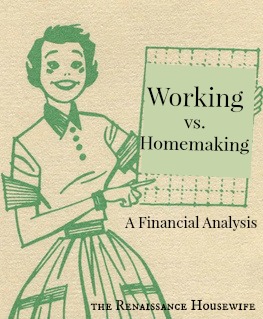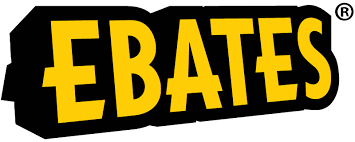Today I'm going to do a little exposé of how frugal (or not) hunting really is. I'm going to use actual numbers from our actual hunting experience this year. Then at the end, I'll go over some things you can do to save even more money on hunting.
Tallying the Cost
First, we'll add up all of our financial investment into this little project.
Gun: $0.00 (Hubs borrowed my dad's shotgun)
License: $23.00 ($11.00 base license + $12 antlerless tag)
Slugs: $1.82 (2 shots at $0.91 per shot)
Total cost: $24.82
How Much We Actually Saved
Hubs and I would normally pay about $2.00/lb. for red meat (ground beef in a 20 lb. roll). This is the price I will use to calculate our savings.
Savings: $82.00 (41 pounds x $2.00)
Savings minus $24.82 = $57.18
Hourly Wage & ROI
This is where things get fun. Our return on financial investment was 130%.
To calculate the hourly wage, we must divide the savings ($57.18) by the number of hours spent hunting (3) and processing (6.5).
$57.18 divided by 9.5 = $6.02 per hour
How to Make Hunting More Frugal
There are a few things you can do to improve your return on investment and hourly wage here.
1. Shoot two deer instead of one. While a tag must be purchased for every deer you shoot, the base license only needs to be purchased once. For every deer you shoot, the cost will go down.
First deer: $24.82 ($0.61/lb.)
Second deer: $19.32 ($0.47/lb.)
Third deer: $13.48 ($0.33/lb.)
2. Be a better shot. Someone who shoots and kills the deer with one shot is getting a better deal than the guy who shoots all over the place and only gets one deer, or worse- doesn't bring home anything at all. Plus, shooting a deer in multiple or incorrect locations (like the butt, for example) will just make it harder to butcher and ruin good meat, to say nothing of making the deer miserable.
3. Be faster at processing. Hubs and I are not the fastest butchers ever. For every hour of processing time that is eliminated, your hourly wage goes up.
10 hours processing: $5.72 per hour
8 hours processing: $7.15 per hour
6 hours processing: $9.53 per hour
Note: Hubs pointed out to me that some people actually enjoy hours spent in the deer stand. Not every hour is equal in value. If you hunt on the weekends, for example, it might be worth $5.72 per hour when you would otherwise just be sleeping or watching TV. If you have to give up a morning of work, though, it is probably not worth the time to hunt.
Note #2: If you pay someone to do the butchering, you might as well buy your meat from the store. In our area, butchering facilities charge between $70.00 and $80.00 for a single deer. This would easily drive our cost over $2.00 per pound.
Is Hunting Worth It?
For us, it is still worth it. In November Hubs' business has started to slow down, so his time is worth less than it would be in April or September. I value my time at $4.00 per hour, so the processing was an improvement on my average hourly wage.
Lastly, venison is probably a healthier choice than run-of-the-mill ground beef from the store. That is because deer are free range and/or grass fed, although they like munching on GMO corn and other non-organic foodstuffs. The health factor alone may be enough to convince some families to hunt, regardless of savings, ROI or hourly wage involved.
Thoughts About Killing Animals
Some of the worst feedback from Frugal Food has been about butchering. I guess not many people are willing to do it. "You would kill an animal with your own bare hands, just to save money?" Susie Homemaker looks at me with wide eyes as if I were involved in prostitution or drug dealing. She would keel over at the thought of killing an animal. But let's admit it- it's almost impossible to include red meat in a very tight budget. I have never seen red meat on sale for $0.40 per pound, ever. The skill of animal processing- whether that be something as small as a chicken or large as a cow- can provide families with good quality, affordable meat. I don't think it is anything to be scared of or freaked out at. I don't think it is anything to be ashamed of.
People who butcher animals are not weird or evil. It's not like we take delight in the process- it's just a part of producing your own food. I believe every meat eater should butcher at least once in her life, just to realize where her food actually comes from... and HOW it comes. Then if she wants to be a vegetarian, she can call it cruel.
Are you part of a hunting family? Would you consider doing it to save money?
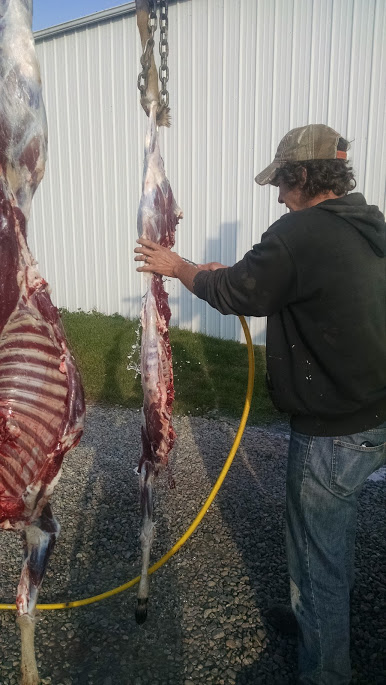
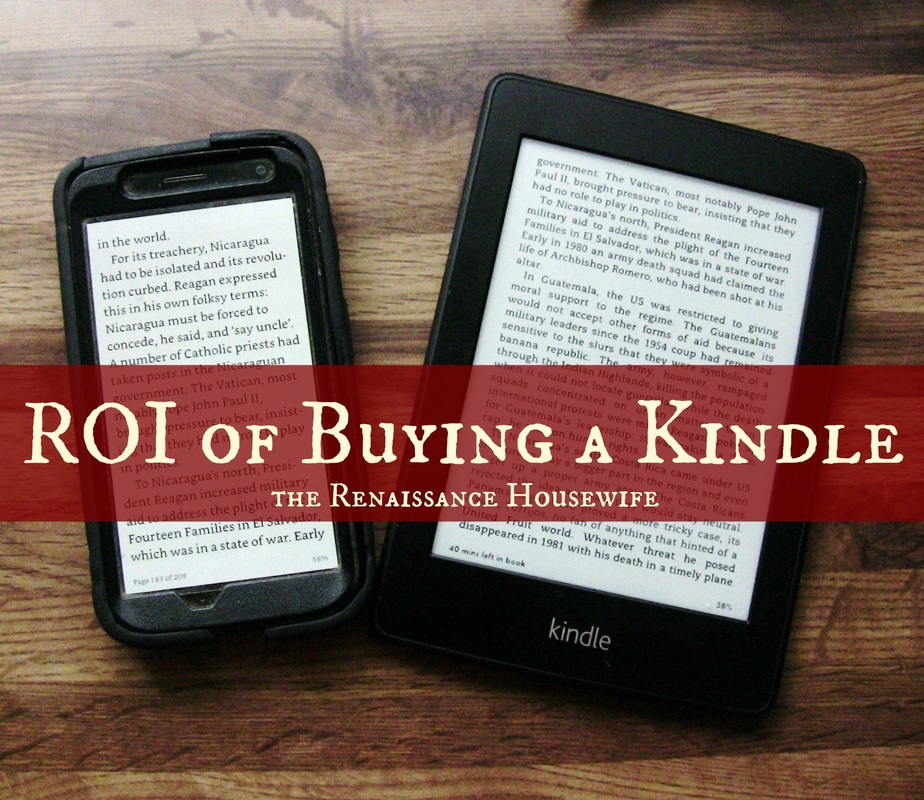
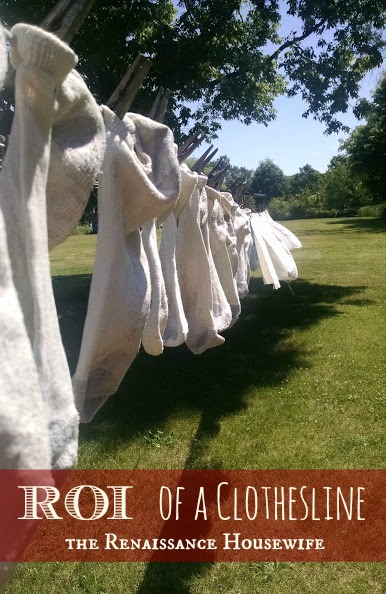
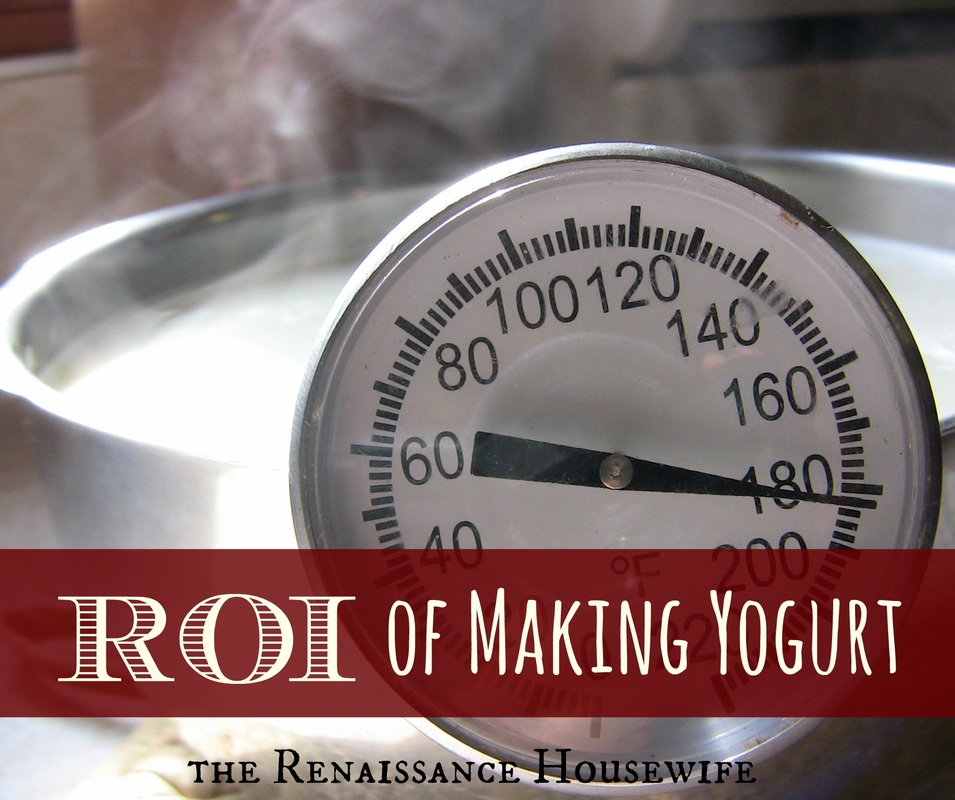
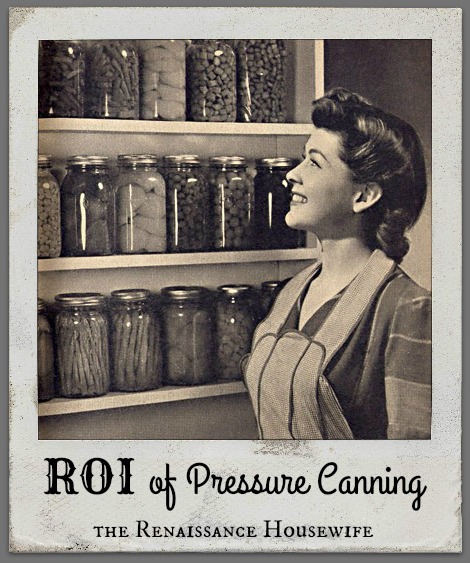
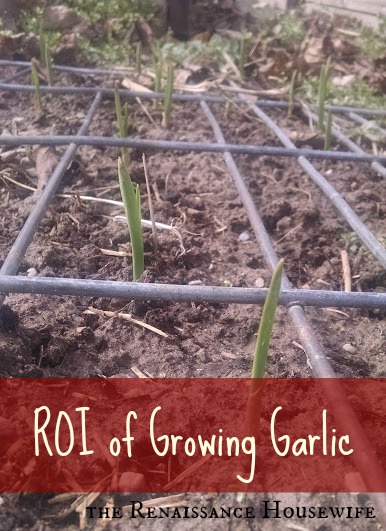

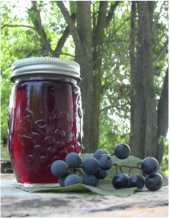
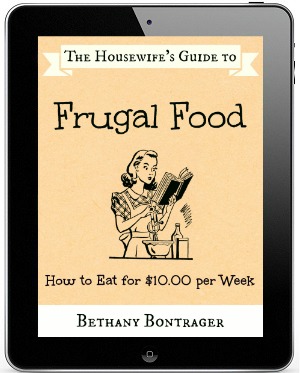
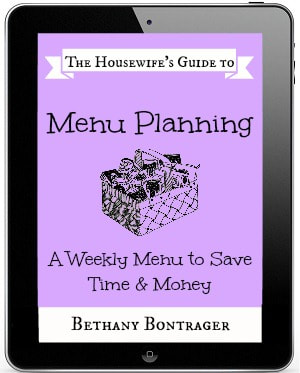
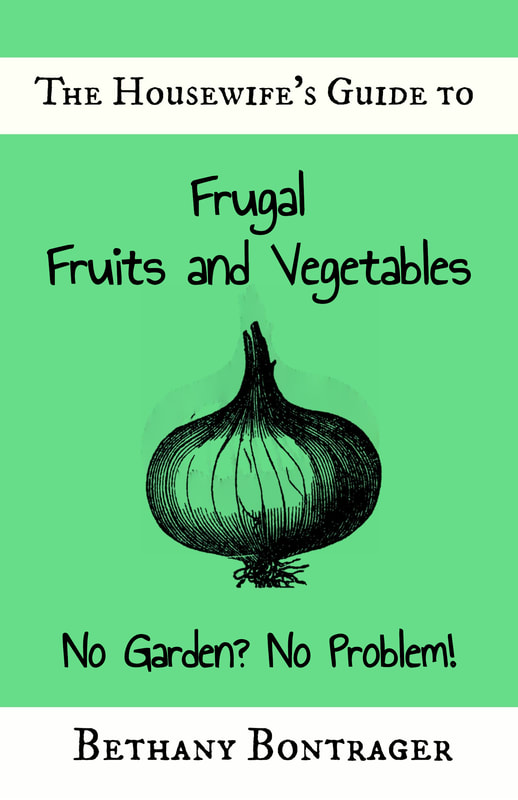
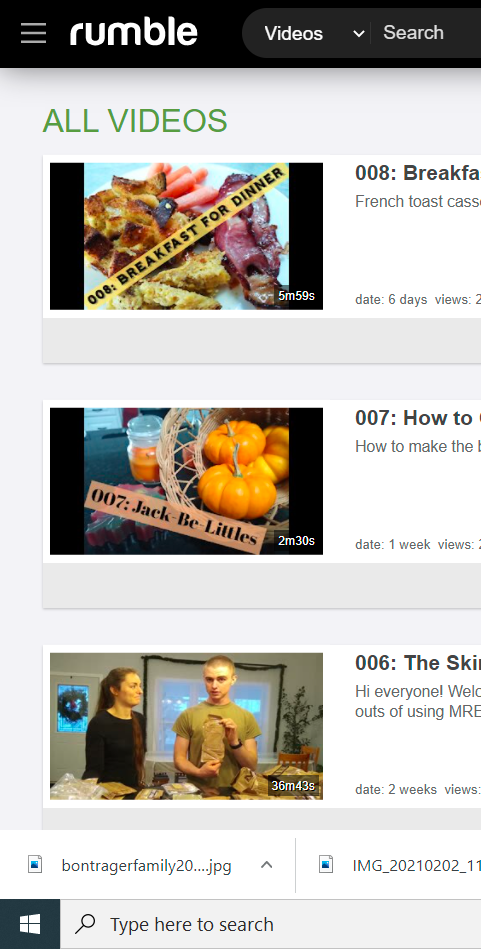
 RSS Feed
RSS Feed


